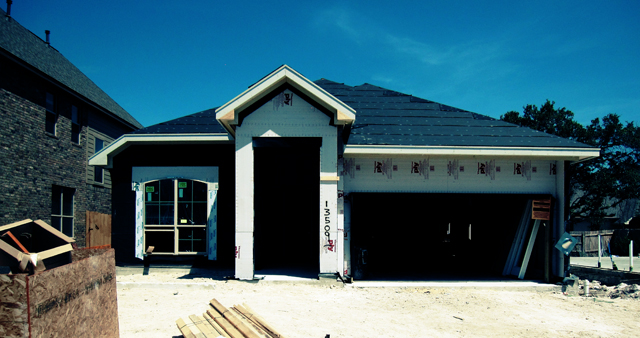Cutting your crass means that a blade has chopped the top portion of the grass off and there is now a small cut in the grass. An open cut in the grass is like any open cut, even on a person. If you leave the cut open, fungus and infection can get inside the cut. The best way to keep your grass healthy is to cut it when water can not get in because water can serve as a breeding ground for infection.
Because the morning ground is dewy, it is important to let the ground dry completely before you mow the lawn. Because dew can start to collect on the ground in the early evening if the weather is humid, it is also good not to cut it too close to sun set. The best time to cut your grass is in late morning or early afternoon on a dry and sunny day, when the sun has dried up all of the water on the grass.
If you really get your grass nice and wet before the sun comes up, it will give your grass a nice long drink and time to get hydrated and then it will dry off any excess water with the sun. Then, when you cut the grass, you will have ample time for the cut in the grass to heal up before the grass needs to be watered again.
1. Mow
Every lawn grass has a height at which it should be mowed for best health. The rule is that only one-third of a grass plant should be removed in one mowing. As an example, if you intend to mow your St. Augustine grass lawn at a 2 inch height, you can allow it to grow to 3 inches between mowings. If you fertilize moderately, mowing a lawn should only be needed once per week.
St. Augustine grass lawns need to be cut at a height of 2 to 3 inches. Rotary mowers can do a good job if your St. Augustine grass lawn is relatively smooth and you keep the blade sharp. Otherwise, a more expensive reel mower will be needed. If you allow the grass to get much taller than 3 inches you’ll mow down into the stems that have grown tall and the lawn will not look its best after you mow.
The first step in good mowing is to have a sharp blade. If the blade has not been sharpened in the past year, it needs to be sharpened or replaced. Dull blades whip the grass ends rather than cutting the grass. The ragged ends left by a dull blade cause a lawn to look yellowish the day after you mow. Ragged grass blades also lead to more water use by the grass and possibly an increase in disease.
In fall, let the grass go dormant without excessive mowing. It will have a nice brown color during the winter. In mid March, mow off the top brown blades to expose the soil to the sun and warm the soil.
It is not necessary to catch the clippings when you mow. Research has shown that letting the clippings fall on the ground does not lead to disease or thatch problems. The clippings actually return nitrogen to the soil and save you money on fertilizer.
2. Edge
Edging creates a straight border with another surface such as your driveway. Organic matter builds up over time and windblown soil collects along the sidewalks, driveways and street curbs. This build-up lets grass grow a few inches over the pavement. An edger is a tool that is designed to cut between the pavement and lawn to remove the build-up. You don't need to edge every time you cut your grass. It depends on how clean you like the lines between the pavement and the grass. A few times a month may suffice. Edging is especially important in the spring. It helps your lawn look it's best when it is emerging out of it's winter dormancy stage.
3. Trim
Trimming cuts the grass in areas where the mower won't reach. Hold the machine level with the ground. Go around all areas of turf that the mower could not cut including around the entire house, tree rings, planted beds, shed, patio, driveway and curbs. Be careful when trimming around trees.




 Related Posts
Related Posts  Related Posts
Related Posts 



